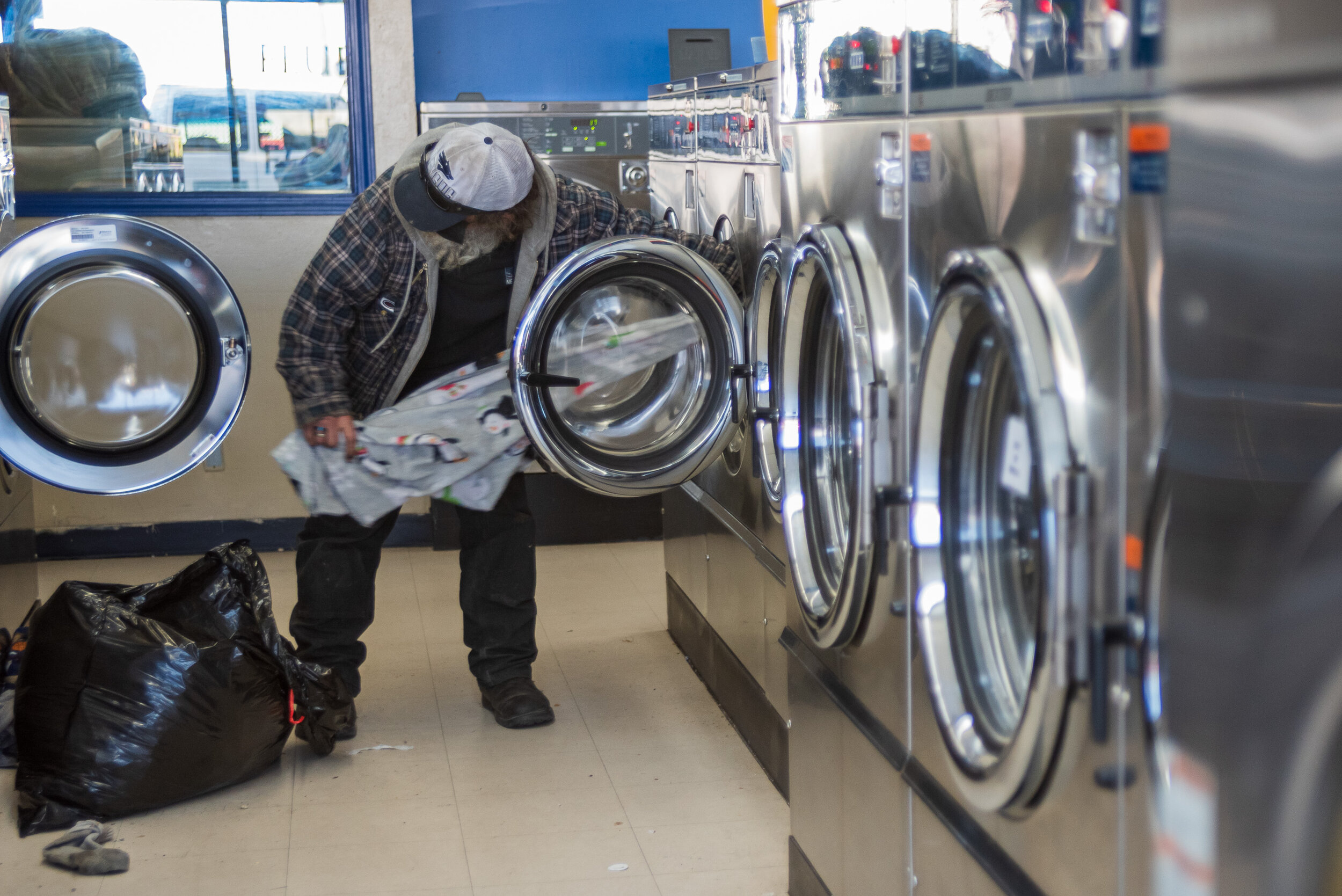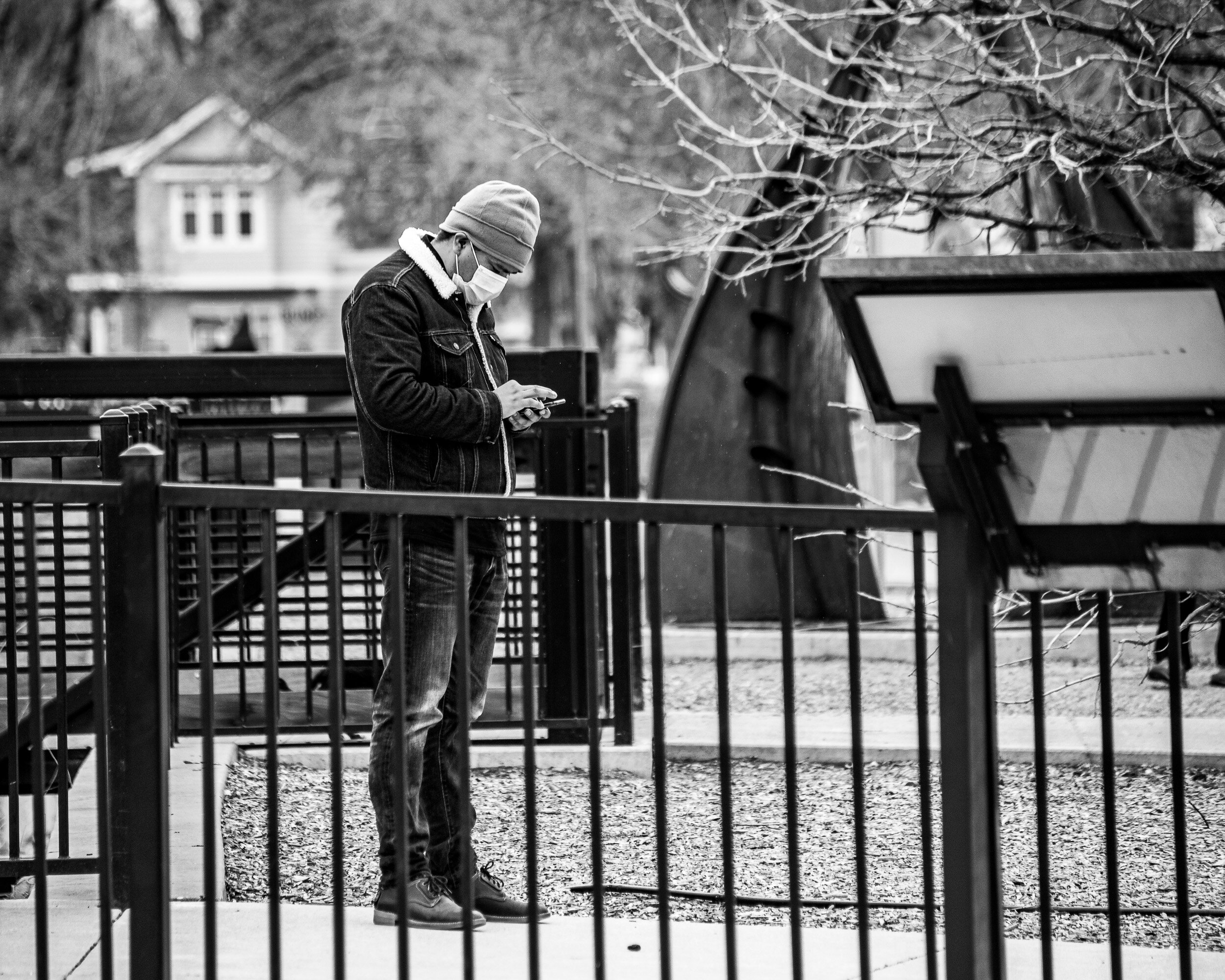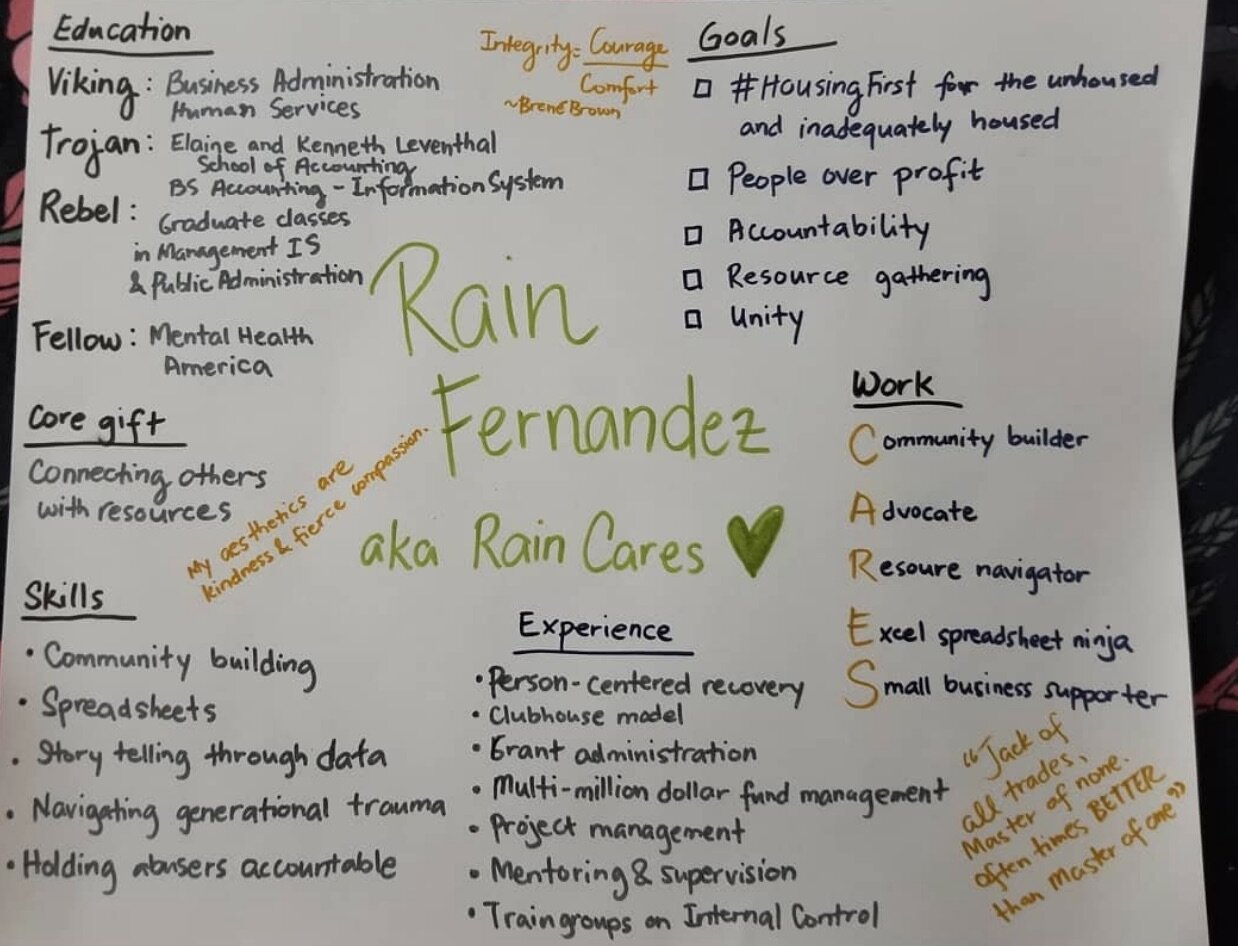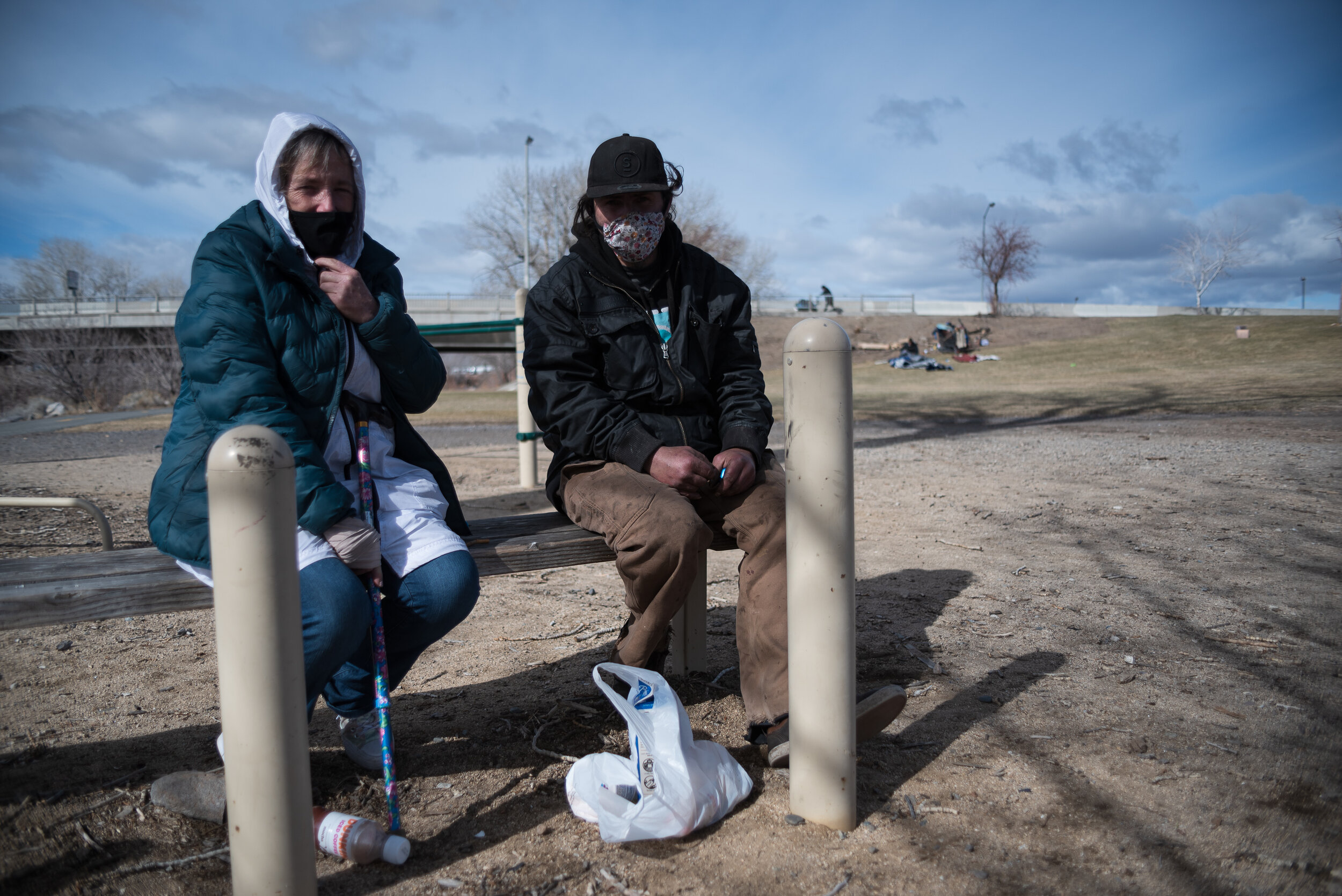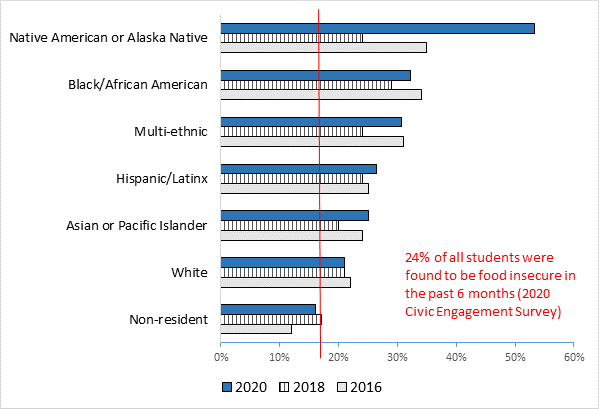Helping those Living in Tents Wash their Clothes
While there have been a handful of groups stepping up and providing nutritious food and hygiene kits to the houseless community locally, less attention has been given to other necessities. Seeing this, Laundry to the People stepped in and began helping people living along the Truckee River get their laundry to the laundromat, cleaned, and dried.
“We basically go down to tent city in a big van,” said Ilya Arbatman, one of the founding members “get people who need their laundry done. They load up their laundry in the van, we meet them at the laundromat and we help them do their laundry.”
A simple action can go a long way if it’s done consistently and with compassion. Run by three community members, Rosie Zuckerman, Alex Muñoz, and Arbatman, the group came together after Blaize Abuntori of the Reno Burrito Project put them in touch. For nine weeks now they have been helping the houseless community wash their clothes.
Recently, Our Town Reno reporter Richard Bednarski met them at the Mr. Bubbles Launderland on Second Street and Wells Avenue, not too far from the encampment where people are being helped. The sun was shining and people were busy shuffling in and out of the laundromat as the large white van pulled in. Moments later, members of the houseless community walked up and began helping Arbatman and Muñoz unload the van, each person carrying a bag full of dirty laundry.
Ilya Arbatman filling up a cup with laundry detergent. He is from the Bay Area and has been in Reno for about six years. Outside of volunteering for the community, he works as a freelance electronics repairman.
Help from the Community and the Laundromat Itself
While other groups, like Black Wall Street and Reno Soup for the Soul, continue to help by providing food, hygiene kits, and other needed items, Arbatman, Muñoz, and Zuckerman realized doing laundry to help was also needed.
“Laundry is expensive, and realizing that it was a service we could provide,” explained Zuckerman “if we could get funded that would, I think, help create less waste and also let people hang on to the clothes they like.” Every Friday at noon the group rolls into the encampment and collects laundry from about ten to twelve people. The laundromat, has been fully supportive of Laundry to the People since its inception. They have also recently received a financial donation from community member Jeremy Cole.
“Ideally this would be something where everyone would have access to laundry,” said Arbatman. Being a basic need, he understands that laundry is necessary but providing this resource for the houseless community comes with its challenges. They want to offer this service to anyone who needs it but due to various limitations can only help about a dozen people per week. “For us, one of the barriers is just how many people need it done,” he said. In addition, the laundromat is small and can only facilitate so much laundry.
“The laundromat has been paying for the drying,” explained Arbatman and this has been a huge boost to how much laundry they can do. A typical week, it costs them about $60 to $80 for washing alone and Muñoz estimates the drying would be an additional $30 or more. Him and the others are grateful for the ladies at the laundromat, Carel, Jody, Alycia, and Andrea for covering the drying costs and being helpful each week.
A community member experiencing houselessness loads his laundry into a machine.
Sweeps Jeopardizing the Project
“We sort of have to see what happens,” said Zuckerman. “There’s all this talk about sweeping and getting people living outside kettled into this more consolidated zone. So what that means for the people and what that means for their needs and what that means for the homeless population in Reno?”
With the onset of a new Nevada Cares Campus, local authorities have said in meetings that sweeps will ramp up.
The group is concerned that once the Governor’s Bowl shelter opens up next month, it may spur another host of other issues. Notably, the location is too far removed from the needed services of the houseless community. “We’re able to help people living down in tent city,” Zuckerman said “because it’s close to this laundromat, they can walk over here.” While she does not know what the next steps will look like for Laundry for the People, she wants to address these issues and be able to continue providing these services.
Through conversations with the houseless, the group has learned about how they feel towards the recent and pending sweeps. “I think some people are bummed,” Zuckerman said about the homeless community’s reactions to the threatened sweeps. “I think some people are freaked out because they are really scared about what that’s going to mean for their well-being.”
There is definitely some apprehension in tent city. “From our conversations here,” explained Muñoz “they feel like they are being gathered.” He explained there are serious concerns about what may happen after the new shelter space opens. Arbatman explained the cohesiveness formed within tent city is a way for them to cope with the struggles they face. Moving them via sweeps only disturbs this sense of place.
“The problem with the sweeps,” Arbatman said is that a community is already established and “if you just show up, knock everybody’s tent down and force them to go to a new place, it’s kind of counterintuitive.” The process of community building has to begin anew and this simple rattling can have damaging and lasting effects on the community.
Arbatman would love to see people coming down to tent city and providing non-service related outreach as well. “Somebody to go down there and just talk to people,” he said. A genuine conversation with members of the houseless community can change their day for the better. In addition, Zuckerman identified the need for veterinary services. Many people living in tents have companion pets, which drastically improve mental health, and those pets need services as well.
Zuckerman and Muñoz are efficient and diligent about keeping accurate records and notes. Muñoz, who is from Barcelona, Spain, is studying Geography and working towards a Master’s degree at the University of Nevada, Reno. Zuckerman, who is originally from the Bay Area, works for an accountant for a logistics company.
Being Kind Neighbors
Moving forward the three of them will continue to facilitate laundry services for the houseless community. “Homeless people living there,” said Muñoz “they’re our neighbors too.” He is concerned that the greater community of Reno does not see them as neighbors and knows that when everyone begins to understand that they are our neighbors, it will be easier to lend a hand.
“I would agree with Alex, you know, you can just do something,” said Zuckerman “it doesn’t take very much to make a big difference.” While there are a lot of things beyond the community's control, she emphasized that a little help can go a long way with the houseless community, “when we can help them, that’s important.”
“The more we think about things in terms of things like investment and growth,” explained Arbatman “I feel like we just lose track of the fact that something isn’t working.” Instead of coming up with a big plan to address the issue of homelessness, Arbatman encouraged people to simply take action and start helping. He feels people can sometimes get bogged down in the weeds, stuck on trying to devise a plan.
“It starts with a very basic kind of compassion and willingness to just get off of the couch and go do something,” Arbatman said. “It can be small, once a week, once a month, whatever.”
Reporting by Richard Bednarski for Our Town Reno
if you’d like to take part or donate, here’s the contact info: ilya.arbatman@gmail.com


